The world is transforming faster than we can keep up, and it’s not just us who are feeling the heat. Our planet’s wildlife is navigating a labyrinth of climate change-induced challenges, trying to survive in habitats that are rapidly changing or disappearing altogether. From parched deserts to melting ice caps, animals are adapting, struggling, and sometimes even thriving against the odds. Here’s a look at 15 climate hotspots where the wild is fighting a fierce battle for survival.
1. Australia’s Great Barrier Reef
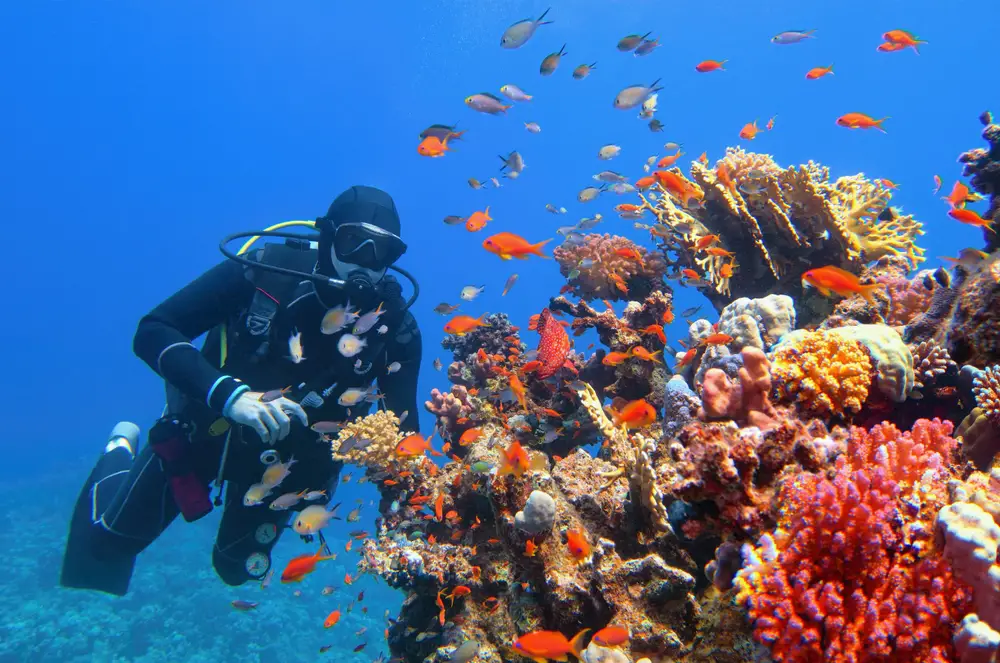
The Great Barrier Reef is a vibrant underwater metropolis, yet it is increasingly losing its charm due to coral bleaching. Rising ocean temperatures and acidification are turning this once colorful marine habitat into a pale shadow of its former self. A report by the Australian Institute of Marine Science revealed that half of the reef’s coral cover has been lost since 1995, largely because of mass bleaching events. This transformation not only affects the corals but also the myriad species that depend on them.
Fish populations are dwindling as their coral homes disintegrate, affecting the entire food chain. Species like the clownfish, immortalized by Pixar’s Finding Nemo, are seeing their habitats vanish. Efforts to restore and protect the reef are underway, but the clock is ticking. The Great Barrier Reef’s future hangs in the balance, and its wildlife is on the frontline of this marine climate crisis.
2. The Arctic
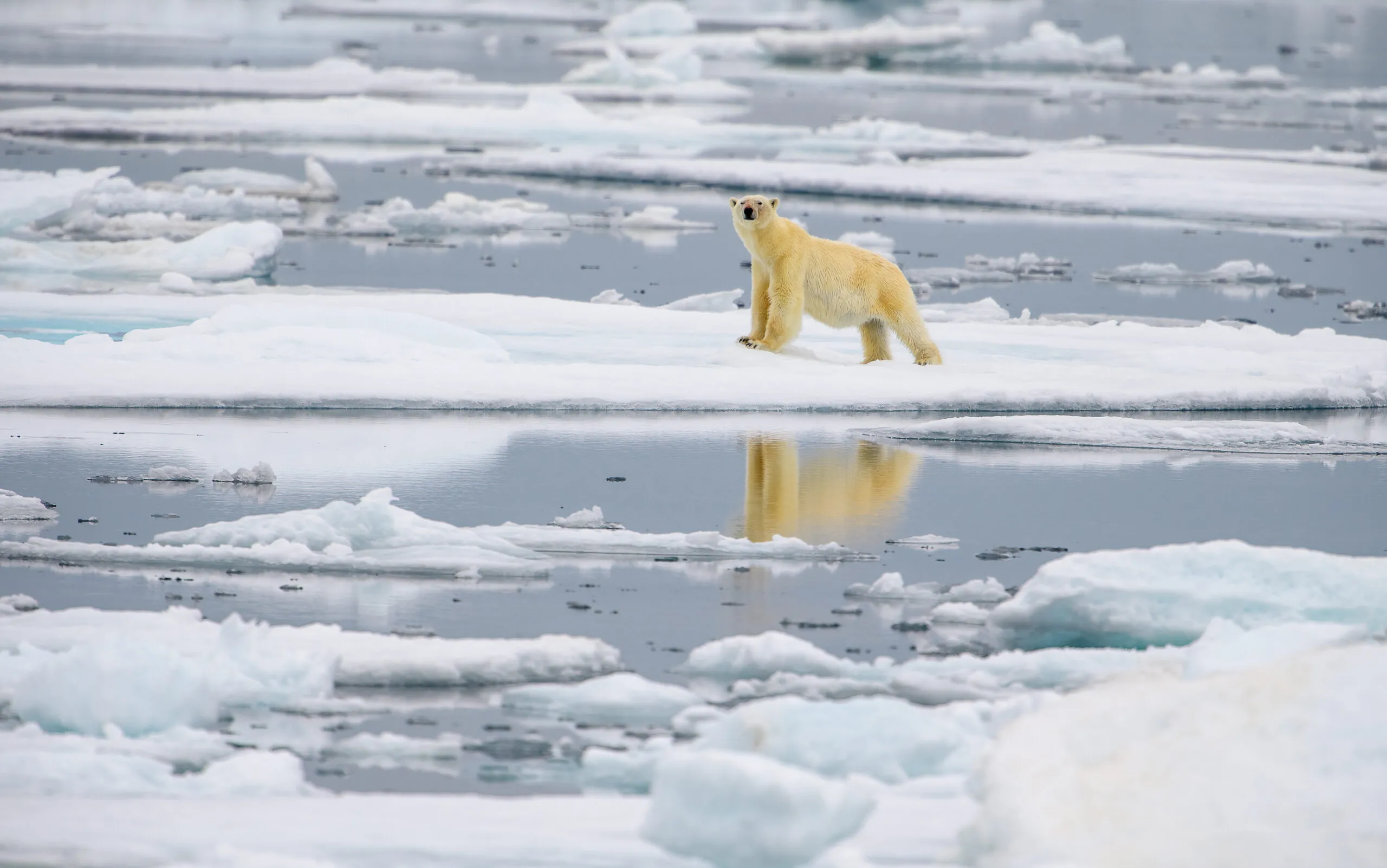
The Arctic is warming nearly four times faster than the rest of the planet, creating a dire situation for polar bears and other native species. The loss of sea ice, crucial for hunting and breeding, means these animals are traveling further and struggling more for food. The Arctic sea ice extent has decreased by about 13% per decade since the late 1970s. This dramatic reduction is forcing polar bears into more populated areas, increasing human-wildlife conflicts.
Meanwhile, other species like the narwhal and Arctic fox are also feeling the heat, metaphorically and literally. Narwhals rely on ice-covered waters to evade predators, but with less ice, their survival is jeopardized. The Arctic fox, adaptable yet vulnerable, faces competition from the red fox moving northward due to warming temperatures. As the Arctic’s icy landscape transforms, its inhabitants must adapt or risk disappearing.
3. The Amazon Rainforest
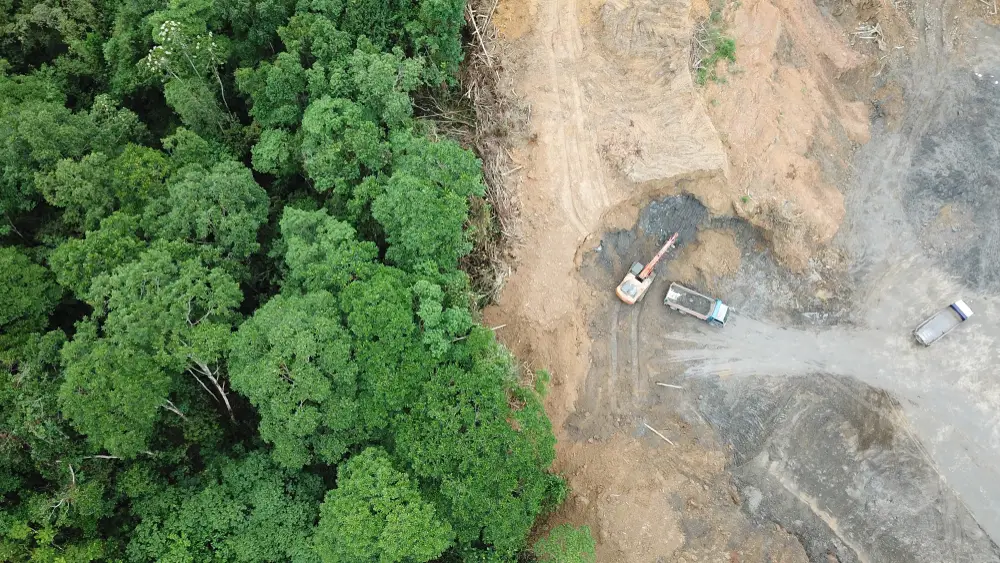
The Amazon rainforest, often referred to as the “lungs of the Earth,” is under immense pressure. Deforestation and climate change are not only affecting the trees but also the countless species that call this vast ecosystem home. Jaguars, sloths, and diverse bird species are now finding their habitats fragmented and resources scarce. The World Wildlife Fund reports that over 17% of the Amazon has been deforested in the last 50 years, a rate that shows no signs of slowing down.
The loss of habitat means wildlife must adapt quickly or face extinction. Some species have managed to shift their ranges, but many, like the pink river dolphin, are highly specialized and cannot easily move to new areas. Disrupted food chains lead to unpredictable consequences for both predators and prey. The Amazon’s future is uncertain, but its wildlife is undeniably resilient in the face of rising temperatures and human encroachment.
4. The Sahara Desert
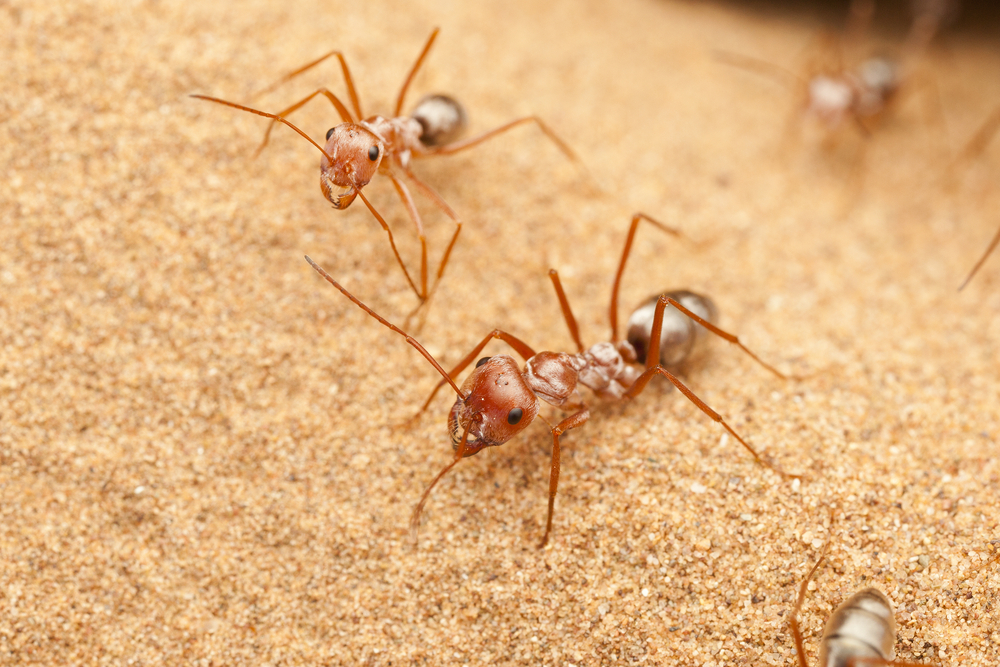
The Sahara Desert, seemingly endless and unchanging, is anything but static. Climate change is intensifying conditions, making it hotter and drier, creating an inhospitable environment for its wildlife. Animals like the addax antelope and Saharan silver ant are under threat as their adaptive limits are tested, and given that the Sahara has expanded by 10% since 1920, engulfing once-livable areas.
This encroachment means less vegetation for herbivores and fewer opportunities for predators. Migratory birds that once found solace in the Sahara’s oases are struggling to find water. The adaptive strategies of these animals—whether physiological or behavioral—are being pushed to their limits. As the desert expands, the resilience of its wildlife is put to a stringent test.
5. Madagascar

Madagascar, famed for its unique biodiversity, is a canary in the coal mine of climate change. This island nation is home to species not found anywhere else on Earth, yet they are increasingly vulnerable to changing weather patterns and deforestation. Lemurs, the island’s iconic primates, are among those most at risk. According to Conservation International, 90% of Madagascar’s forests have been lost, severely impacting its wildlife.
The loss of forests means fewer resources and shelter for these endemic species. Climate change is also altering rainfall patterns, impacting Madagascar’s unique ecosystems. As human activity encroaches further into these habitats, the battle for survival intensifies. Madagascar’s wildlife is emblematic of the global struggle—and the urgent need for action.
6. The Amazon Basin
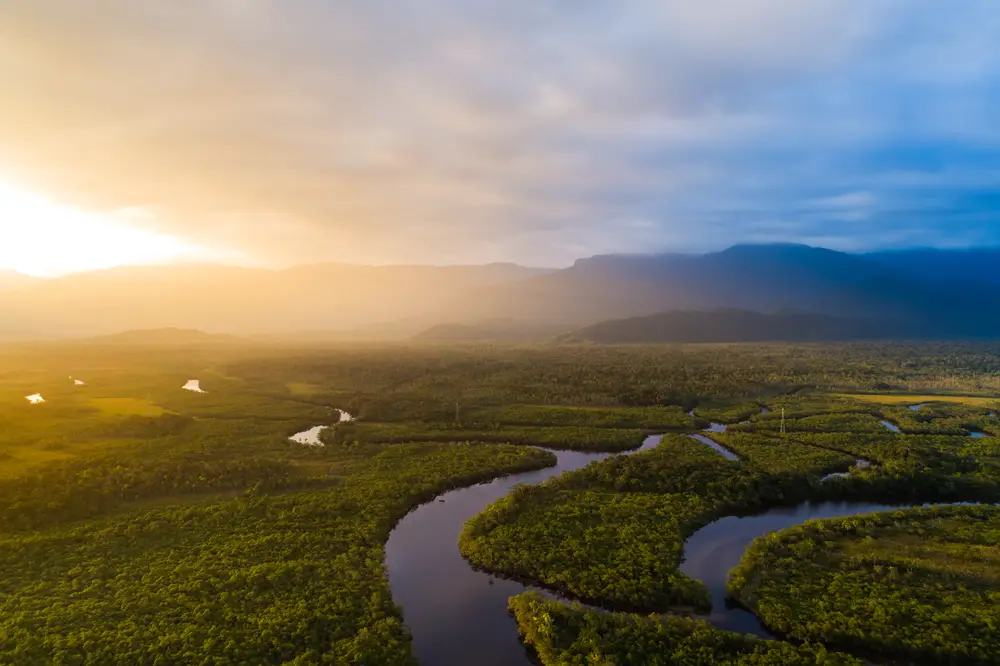
The Amazon Basin, a crucial part of our global ecosystem, is facing unprecedented challenges. While we’ve already touched on deforestation, water scarcity is another issue threatening its wildlife. River levels are dropping, disrupting the habitats of countless aquatic and terrestrial species. As droughts become more frequent, species like the Amazonian manatee and the giant otter are struggling to adapt.
Changes in river flow also affect migration patterns of fish, crucial to both the ecosystem and local communities. Floodplains, essential for breeding and feeding, are shrinking, leading to decreased biodiversity. The interdependence of species means that the loss of one can have a domino effect on others. As the Amazon Basin battles against these changes, its wildlife continues to adapt in extraordinary ways.
7. The Himalayas

The majestic Himalayas, home to the elusive snow leopard, are not immune to climate change. As temperatures rise, glaciers are receding, altering the delicate balance of this high-altitude ecosystem. Species that have adapted to cold, harsh environments are now confronting warmer temperatures and changes in prey availability. The snow leopard, already endangered, is facing habitat fragmentation as human settlements expand into higher altitudes.
Melting glaciers also mean changes in water supply, affecting both wildlife and local communities. Species like the Himalayan tahr are finding it harder to find food as snowlines retreat. The intricate web of life that exists at these heights is being reshaped by climate change. The animals of the Himalayas are living on the edge, both literally and figuratively, as they navigate this new reality.
8. The Andes
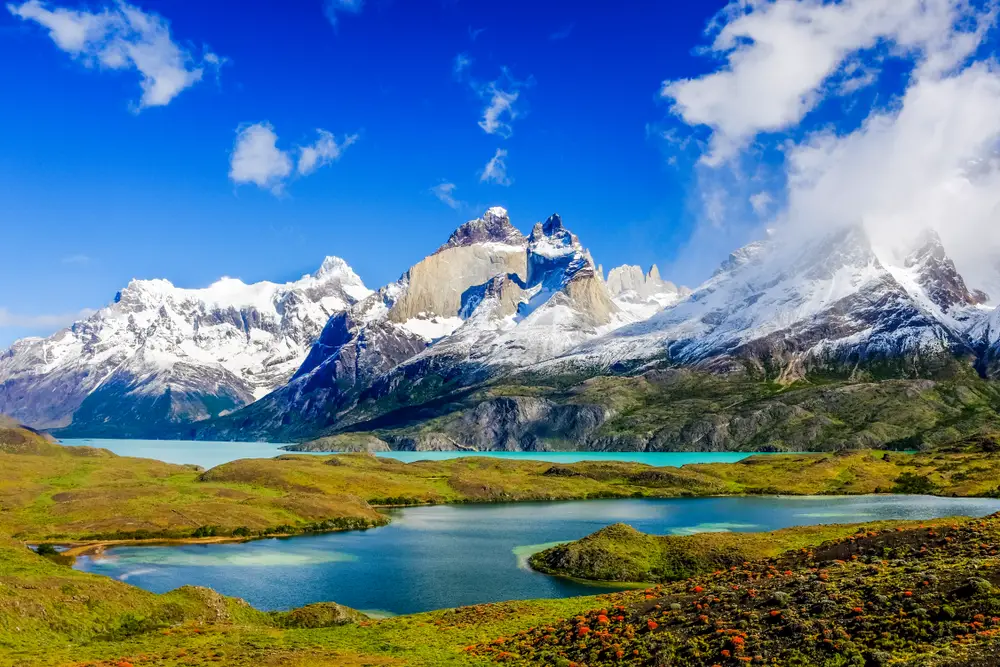
The Andes are the longest continental mountain range in the world, a vibrant hub of biodiversity. But climate change is threatening its delicate ecosystems, home to iconic species like the Andean condor and vicuña. As temperatures rise, the glaciers that feed the rivers and lakes of the Andes are disappearing. This impacts not only the animals but also the indigenous communities that depend on these water sources.
The shifting conditions are altering habitats and forcing species to move to higher altitudes. However, not all animals can adapt quickly enough, leading to a potential decline in biodiversity. Unique species like the spectacled bear are facing increased threats as their habitats shrink. The Andes are a testament to the resilience of nature, but even these ancient mountains are not immune to the ravages of climate change.
9. The Galápagos Islands
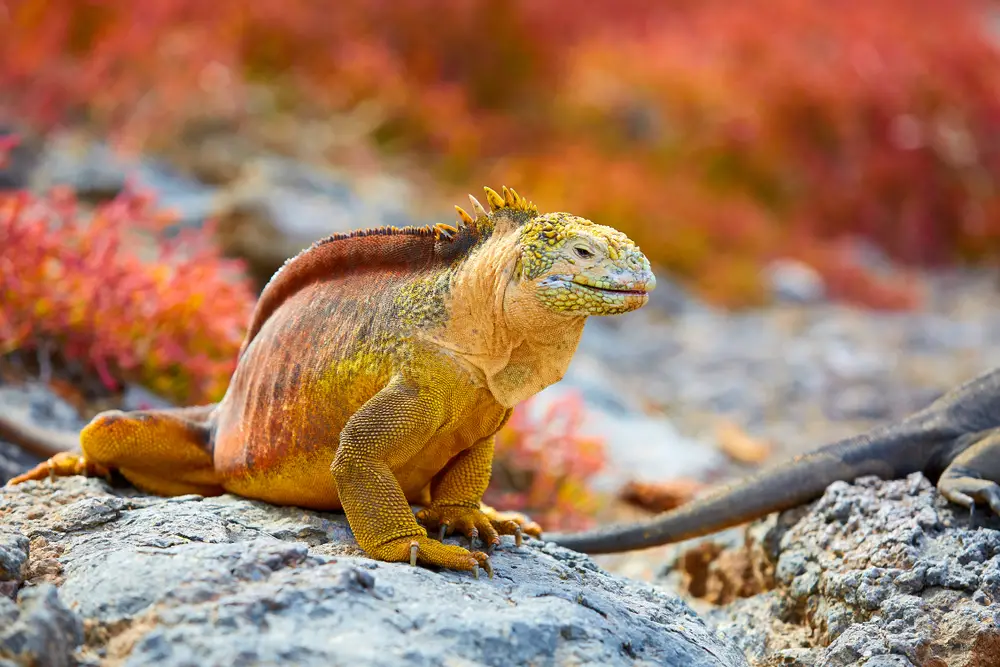
The Galápagos Islands, the birthplace of Darwin’s theory of evolution, are a living laboratory of unique wildlife. Yet, rising sea levels and changing ocean temperatures are putting this evolutionary hotspot at risk. Marine iguanas and Galápagos penguins are particularly vulnerable to these shifts. As the water warms, their food sources—like algae and fish—are affected, leading to decreased populations.
Land animals aren’t safe either; changing precipitation patterns pose challenges for species like the famed giant tortoises. With fewer resources, competition increases, impacting both survival and reproduction rates. The islands’ isolated nature means that even small changes can have significant impacts. The Galápagos Islands continue to be a beacon of biodiversity, but their future is deeply intertwined with the planet’s climate trajectory.
10. The Congo Basin
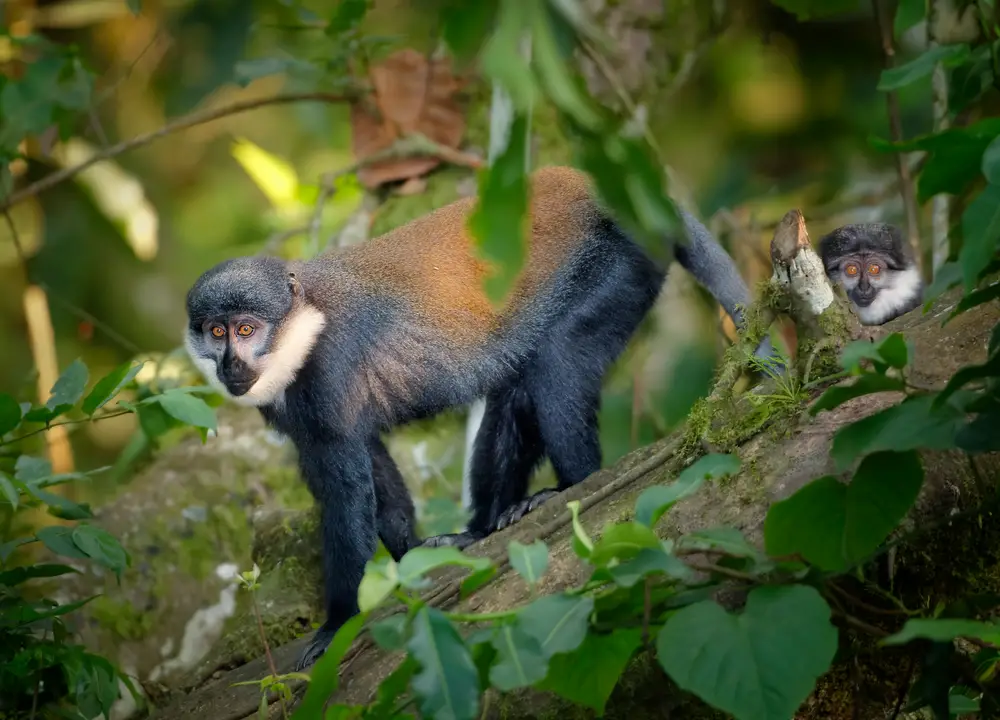
The Congo Basin, a lush and diverse rainforest, is facing its own climate crisis. Increased temperatures and changing rainfall patterns are altering its dense ecosystems. This region is home to gorillas, elephants, and countless other species that rely on the forest’s resources. However, as logging and agriculture expand, these animals are losing their habitats at an alarming rate.
Deforestation not only threatens species directly but also contributes to climate change, creating a vicious cycle. Rainforests like the Congo Basin play a crucial role in carbon storage, and their destruction releases significant amounts of CO2. Wildlife migrations are becoming more erratic as animals search for food and water. The Congo Basin is a crucial battleground in the fight to preserve biodiversity in the face of climate change.
11. The Florida Everglades
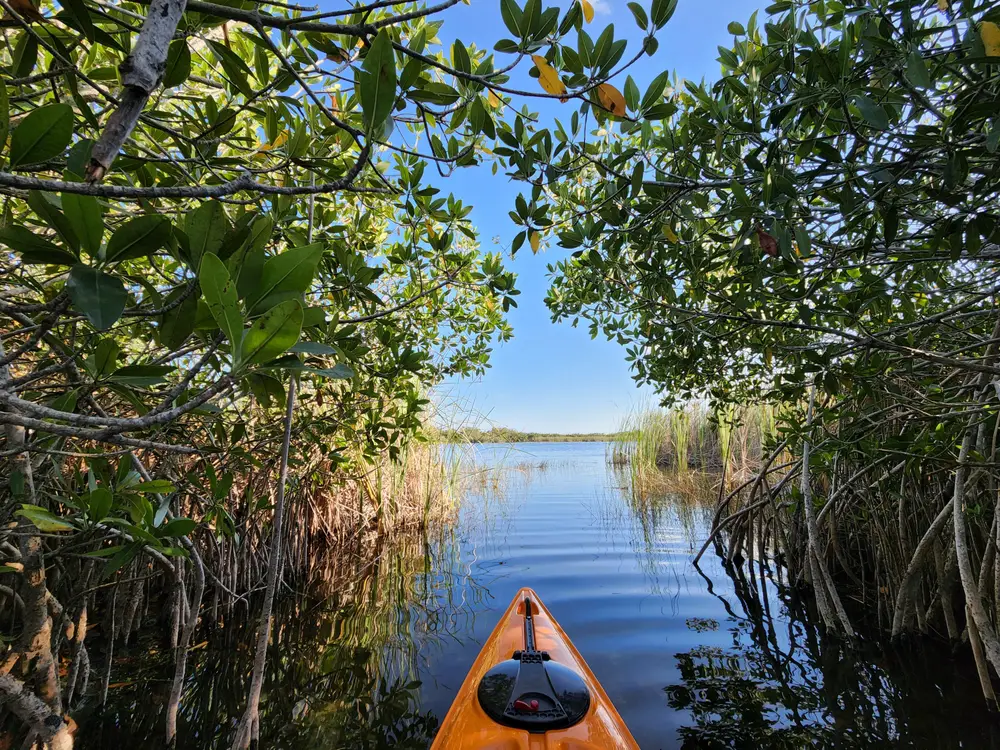
The Florida Everglades, a vast network of wetlands, is under siege from rising sea levels and human development. Saltwater intrusion is threatening the freshwater ecosystems, affecting species like the American alligator and manatee. As water levels rise, the delicate balance of the Everglades is being disrupted, impacting the habitats of countless species. This unique ecosystem is a critical refuge for many species, but its ability to support them is dwindling.
Change in water flow due to development is leading to habitat loss and fragmentation. As the natural water cycle is altered, species that rely on seasonal flooding and drying are struggling to adapt. Efforts to restore the Everglades are underway, but the challenges are immense. The resilience of its wildlife is a testament to nature’s adaptability, but human intervention is crucial to ensure its survival.
12. The Coral Triangle
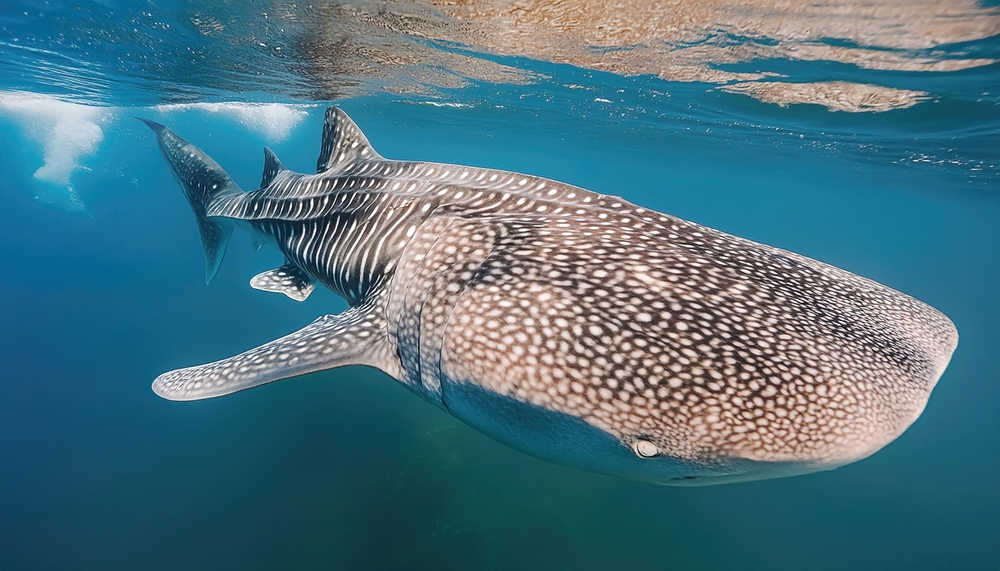
The Coral Triangle, spanning Southeast Asia and the Pacific, is a crucible of marine biodiversity. Yet, climate change poses significant threats to this oceanic treasure. Rising sea temperatures and ocean acidification are causing widespread coral bleaching, impacting the entire marine ecosystem. Iconic species like sea turtles and whale sharks rely on these vibrant reefs for food and breeding grounds.
Decreased coral health means a loss of habitat for countless marine creatures. The interdependence of species means that a decline in coral health can lead to reduced fish populations and biodiversity. Coastal communities that rely on these resources are also affected, highlighting the complex relationship between ecosystems and human livelihoods. The Coral Triangle’s future depends on concerted conservation efforts and global climate action.
13. Siberian Tundra
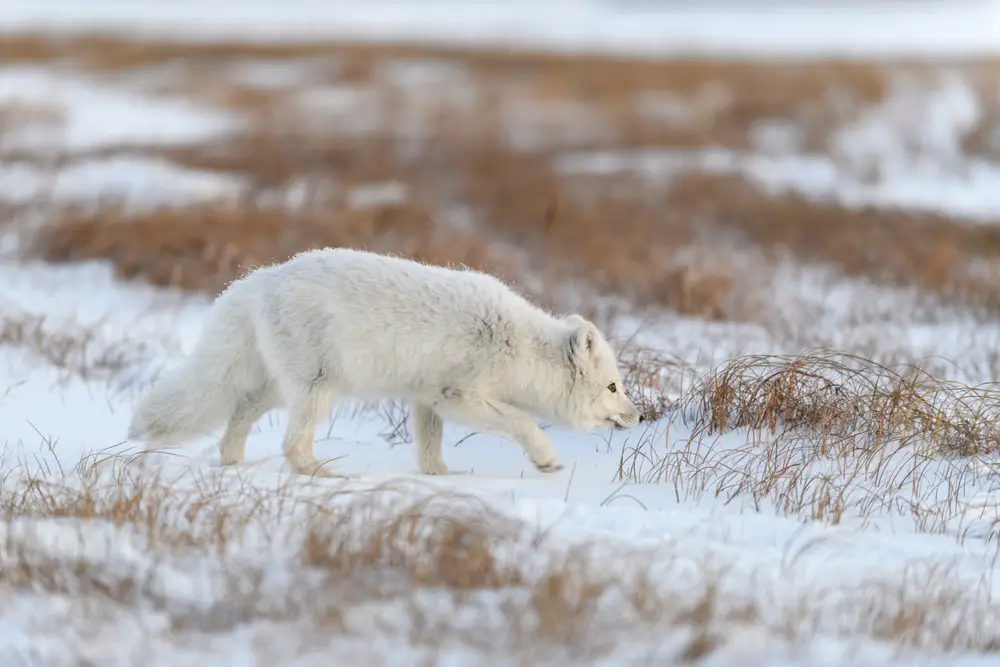
The Siberian tundra, a vast expanse of frozen ground, is warming at an alarming rate. Thawing permafrost releases greenhouse gases, exacerbating climate change and altering local ecosystems. The rapid changes threaten species like the Siberian crane and Arctic fox, which are adapted to the cold environment. As the tundra transforms, these animals must navigate a shifting landscape of changing vegetation and prey availability.
The melting ice also impacts migratory patterns, as water sources and breeding grounds are altered. Human activities such as oil extraction further disturb these fragile habitats. While the tundra’s wildlife is remarkably adapted to extreme conditions, climate change introduces new challenges. The resilience of Siberian species is tested as they face an uncertain future in a warming world.
